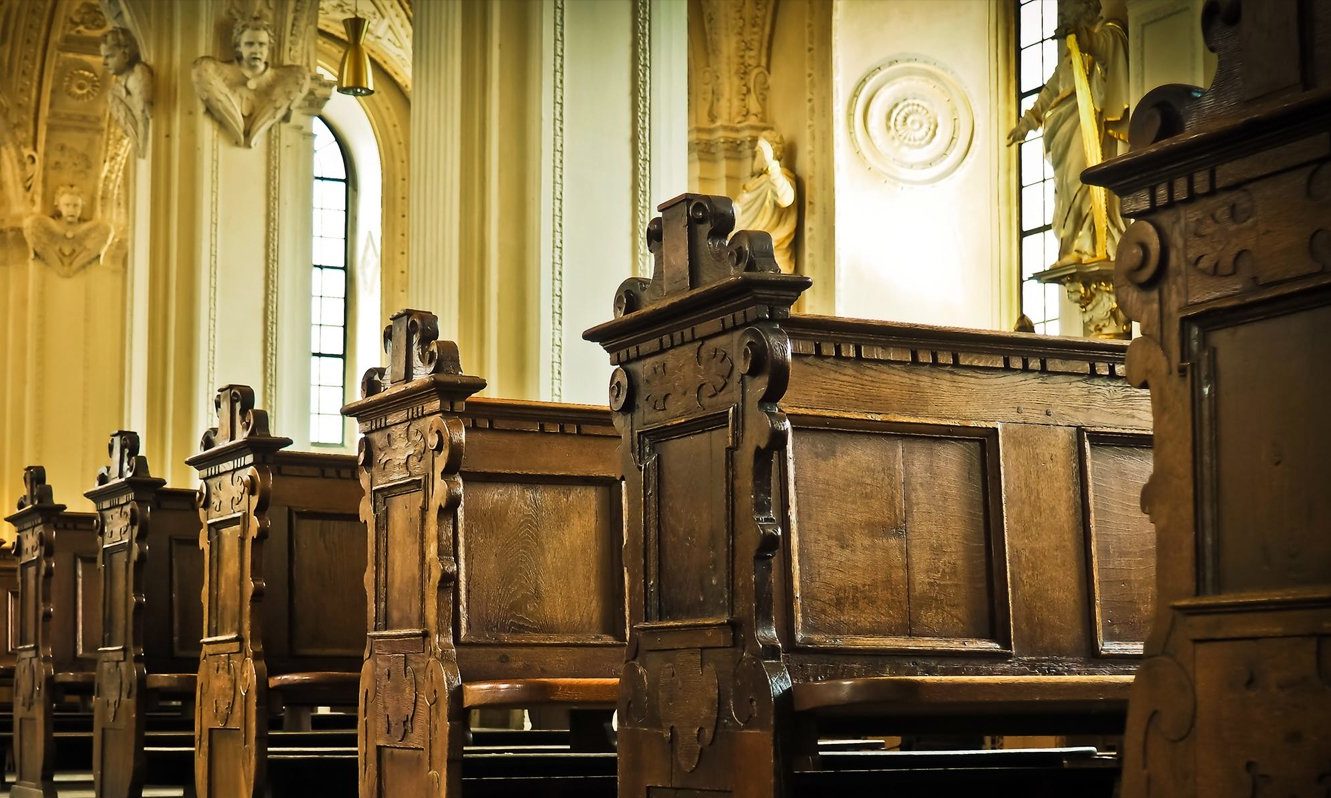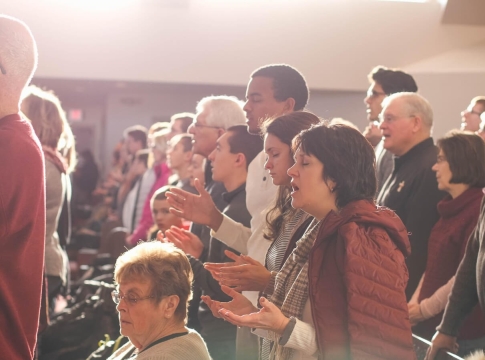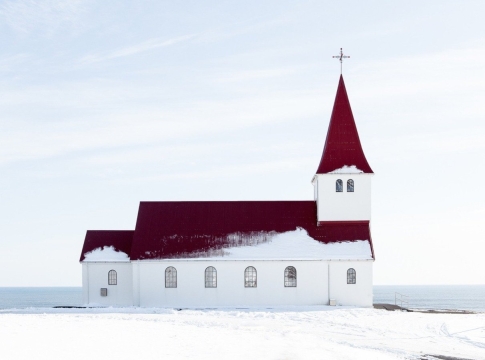
There are numerous Christian churches in the world today, each with its own institutions, histories, and beliefs.
The main church
Up until 1500, the Roman Catholic Church, headed by the Pope in Rome, was the dominant church in Western Europe. Early in the 1500s, a number of Christian organizations rebelled against the Roman Catholic Church and founded rival churches, in part because of Martin Luther’s efforts to reform the Catholic Church. Protestants are the name given to these groups.
Geographical spreading
In general, the Protestant or Reformed churches established themselves in northern Europe (Germany, Great Britain, Switzerland), whereas the Catholic Church has remained powerful in southern Europe (France, Italy, Spain, and Portugal). These nations brought their churches with them when they established empires around the world. Because of this, Protestant churches have spread more throughout North America, Australia, and Southern Africa, whereas South America has remained predominantly Catholic due to Spanish and Portuguese colonizers.
The main differences
What then are the primary distinctions between the Protestant and Roman Catholic churches? The answer to this question involves authority in part. In other words, where do Christians get knowledge about God, God’s character, and church discipline? These decisions should be made by whom or what?
The Catholic Church has prioritized church tradition and leadership when it comes to Bible interpretation. It is true that the Pope is seen as God’s special envoy leading the church toward the truth. Protestant churches began to view the Bible as their ultimate authority because they perceived corruption inside the Catholic Church.
Five important differences
These churches’ divergent perspectives are somewhat explained by their diverse conceptions of authority. The following list includes five significant variations.
- Mary, the mother of Jesus, has been given a prominent place in Catholic theology, and a lot of Catholics pray to her. Protestants do not practice this since they do not see this in the Bible.
- Priests in the Catholic Church must be single men. Church leaders can be married and, in certain situations, even women for Protestants.
- The Catholic Church has long held that a Christian’s actions can contribute to their salvation from God. Protestant churches make the biblical case that [belief in what Jesus has already accomplished for us] is the means by which people are saved.
- Compared to a Catholic church service, a Protestant church service is typically more relaxed and has a lot more Bible preaching. The emphasis is on individual decision-making and reaction to God’s Word. Ritual, symbolism, confession, and Holy Communion are all significant components of a Catholic church service, and priests are instrumental in drawing people to God and God to the people.
- The sacraments constitute a significant additional area of distinction. Sacraments are outward symbols for spiritual realities that are invisible. Only two are observed by the Protestant church, namely Holy Communion and baptism, in accordance with the biblical teachings of Jesus. The Catholic Church, on the other hand, has seven in all.
No church is perfect
Lastly, we have to keep in mind that no church is perfect and that membership in one church does not guarantee salvation from God. Both in Protestant and Roman Catholic churches, there are large numbers of people who adore God and put their faith in Jesus to save them. In the past, both denominations have committed errors.
Closer to the truth
In the end, nevertheless, Protestant churches’ beliefs—like those found in the Westminster Confession—are more in line with what Scripture teaches than Catholic churches’ beliefs. This is particularly true with regard to the central message of the Bible on the process of salvation and adoption as a child of God. The Protestant Church has historically placed a strong emphasis on the following five “solas” (Latin for “alone”): Scripture alone, Christ alone, Grace alone, Faith alone, and for God’s glory alone. Each of these “solas” defends the veracity of the good news of Jesus’ atoning act for us and affirms what the Bible says, in opposition to Catholic doctrine.





